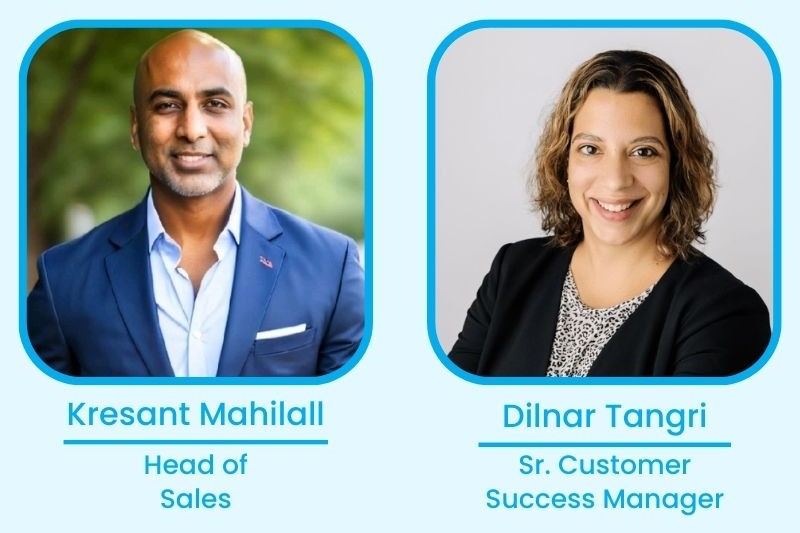Welcome to the June edition of the Cloudoffis Bulletin.
It’s hard to believe how swiftly we’ve completed the financial year and started the new one. This issue is packed with our favourite topics: industry trends, customer highlights, and plenty of product updates to help you kick off the new financial year with a bang.
So grab a cuppa and settle in!
Industry trends
Back in January, we predicted that auditors would be required to safeguard their businesses against compliance risks and we would see a spike in businesses looking to streamline operational processes for enhanced efficiency
These trends have indeed started to take shape. SMSF auditors adopting Cloudoffis for compliance and prioritising operational efficiencies are experiencing incredible success. These forward-thinking customers report delivering more audits, faster, and with greater confidence than ever before.
Customer spotlight
David Alcock, Manager at Integrated Audit Services, chose Cloudoffis for its comprehensive compliance support and its ability to address specific compliance needs that their previous manual system couldn’t handle.
However, he was pleasantly surprised to find additional benefits, including significant time savings through automation, which drastically reduced the time spent on audits. He also experienced fewer headaches thanks to simplified compliance and audit management, and gained valuable operational insights with an enhanced ability to track data and processes.
Read more
FY24: The year of streamlining your workflows
It’s amazing how much can be achieved in a year. Below, we’ve highlighted our top feature releases for FY24, made possible by the feedback from our customers.
SMSF Auditomation
July 23
Speed up the time it takes to get an invoice to a client, so you’re paid faster. This feature helps centralise all your practice management requirements.
August 23
We revamped Cloudoffis Auditomation with a brand new design to improve efficiency and simplify your workflows. What you might not know is that this redesign also enabled us to build new capabilities behind the scenes that improve your daily experience.
October 23
Although the integration was designed for accountants, it turned out to be a bonus for auditors too! Now, accountants can submit their workpapers to auditors with just one click, ensuring that auditors receive clients’ data securely and directly from Class.
October 23
One of our customers’ favourite releases this year, manual audits transforms your manual files into structured data ready for immediate auditing. Say goodbye to intricate, error-prone processes and hello to increased revenue and satisfied clients.
November 23
Streamline document organisation and retrieval with the Custom Folder feature in our Document Management System (DMS). This enhancement to the Permanent Document section allows you to create personalised subfolders, enabling efficient document upload, management, and the addition of notes or comments directly at the folder level.
January 24
A historical record of when and who prepared, reviewed, audited or approved paperwork at each stage of the process, this feature helps you keep a track of your processes in your practice for years to come.
SMSF Sorted
We received feedback from our accounting clients at the end of FY23, highlighting the need for deeper integrations with the industry’s leading apps. You asked, and we delivered.
This year, we’ve focused on enhancing how accountants prepare their SMSF workpapers in Class and collaborate with auditors to expedite fund turnaround.
For accountants aiming for greater efficiency, we introduced an integration with FYI Docs. This allows you to seamlessly import and export documentation without leaving Cloudoffis.
Recognising the importance of audit support, we added a new “Signed Off” feature to Sorted Pro’s workflow, making it easier to track who has approved financials.
If you’d like any further information on the features we’ve delivered this year, reach out to Kresant in Sales or Dilnar and Jocelyn in Customer Success.
In the meantime, we’d like to thank you for another great year. We’re excited to introduce many new features as we continue leading the industry with our product investments into FY25.



















